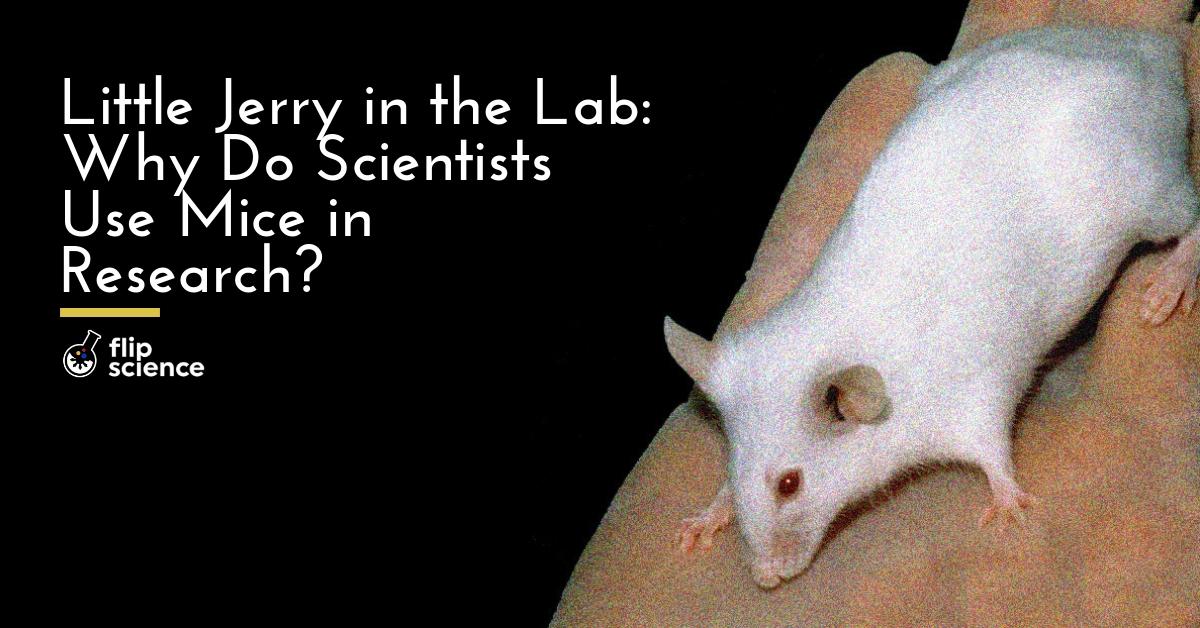•The house mouse (Mus musculus) may be an annoying pest at home, but it is tremendously useful in the lab.
•Because of the genetic similarities between mice and humans, scientists use the tiny mammals in medical research.
•However, ethical guidelines do exist for the use of mice in studies and lab experiments.
One of our greatest household nemeses is the house mouse (Mus musculus). Like rats (yes, they differ significantly) this little rodent wreaks havoc inside our homes.
But in laboratories, the much-maligned mouse is actually scientists’ best friend.
That’s right; mice have an invaluable contribution in the field of science, particularly in medicine.
Rodents in research
According to the National Human Genome Research Institute, our fascination with the little critters started thousands of years ago, when the ancient Chinese observed color mutations in them.
The advancement of genetics during the 20th century helped scientists to recognize the potential use of mice in research. This primarily happened via genetic mapping.
Think of genetic mapping here as a sort of a magnifying glass for spotting genes linked to transmittable diseases. To make things simpler, scientists use mice to analyze human diseases.
By 1996, biologists completed the genetic map of the mouse, making it easier to identify genes that cause diseases in both mice and humans and look for corresponding treatments.
Of mice and men
But wait: Why mice instead of, say, dogs or rabbits?
That’s because despite their diminutive size, we’re not as different from these tiny rodents as we think. At least, as far as genetics is concerned.
As a matter of fact, around 85 percent of genes found in humans and mice are identical.
Dr. Ahmad Reza Mazahery, an assistant professor from the University of the Philippines Diliman Institute of Biology (UPD), explained that the rodents meet the criteria needed for a good animal model.
“Mice pass all these criteria as they are smaller [and] they have a relatively shorter reproductive cycle. They can produce a couple of offspring with one pregnancy. Best of all, they are mammals; thus, they share many similar biological processes seen in humans,” said Dr. Mazahery.
In one of his studies, Dr. Mazahery used mutated mice to understand congenital anomaly hypospadias, a genital abnormality that is also found in humans.
Another study conducted by Dr. Elena Catap from UPD and Leonora Nudo from the University of Asia and the Pacific analyzed the immune response of mice to the plant extract Uncaria perrottetii.

The three Rs
Of course, good research requires ethical standards, especially when it comes to mousy lab subjects.
In his research, Dr. Mazahery applies the three Rs.
The first one is to replace. If a study or research can be done without the need to use animals, then it’s better not to use any at all.
The second is to reduce the number of test subjects used, as much as possible.
The last one is to refine the methods used on the test subjects. This includes reducing the pain or discomfort experienced by the subjects during the research.
Dr. Mazahery added that most lab mice are pathogen-free. (The only risk is if genetically modified mice were to escape from the lab and affect our ecosystems.)
So the next time you see Jerry lurking near your cupboard, you might want to stop chasing it for a moment and thank our little hero for saving the day. (Or not.) –MF
Cover photo: Wikimedia Commons
References
- http://www.adhb.govt.nz/newborn/Guidelines/Anomalies/Hypospadias.htm
- https://onlinelibrary.wiley.com/doi/pdf/10.1111/cga.12001
- https://www.genome.gov/10000529/1996-release-linkage-map-of-mouse-genome/
- https://www.genome.gov/10000715/genetic-mapping-fact-sheet/
- https://www.genome.gov/10005832/background-on-the-history-of-the-mouse/
- https://www.genome.gov/25520378/online-education-kit-1996-mouse-genetic-map-completed/
- https://www.ncbi.nlm.nih.gov/pubmed/?term=Nudo%20LP%5BAuthor%5D&cauthor=true&cauthor_uid=21035534
Author: Cesar Ilao III
Cesar III is currently a BS Development Communication student from the University of the Philippines Los Baños. As a science communicator, he is passionate about sharing science to all Filipinos.







